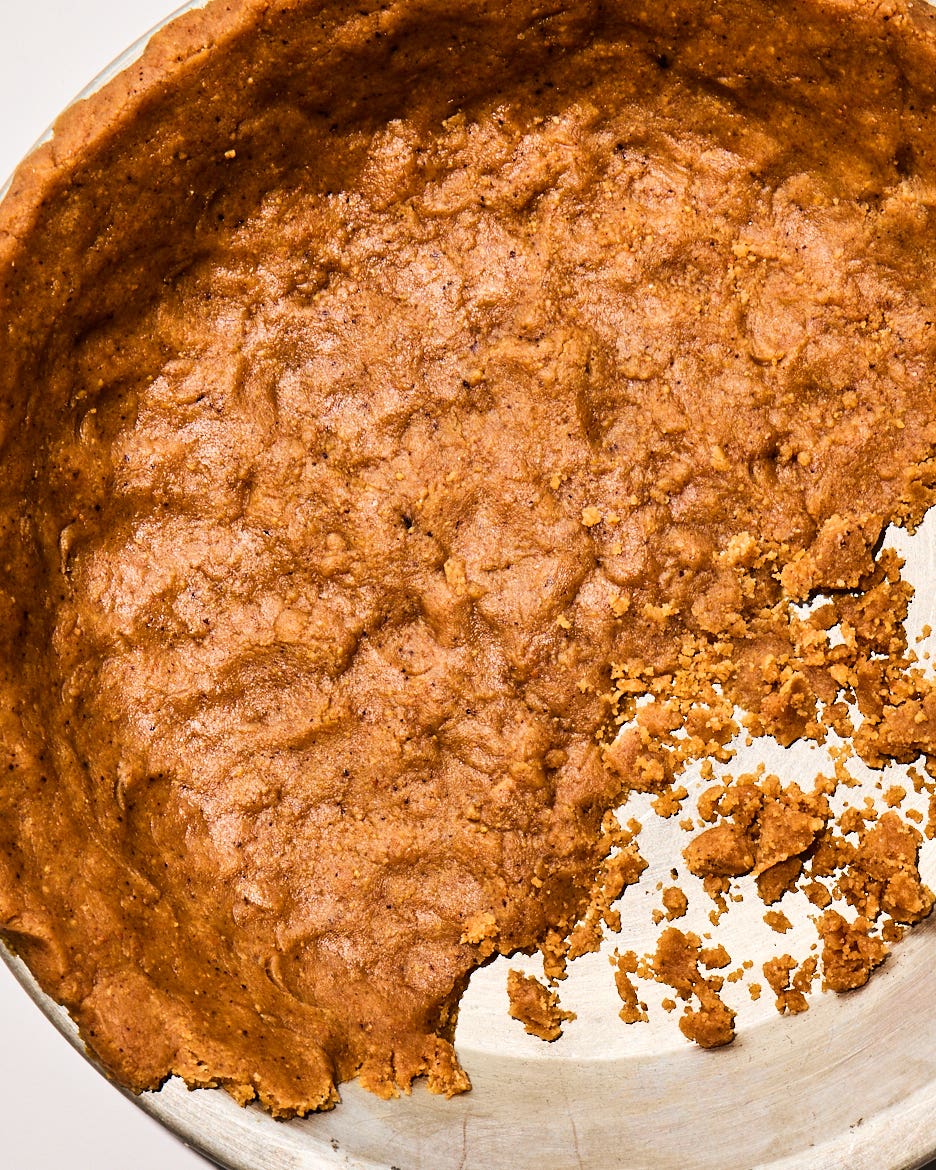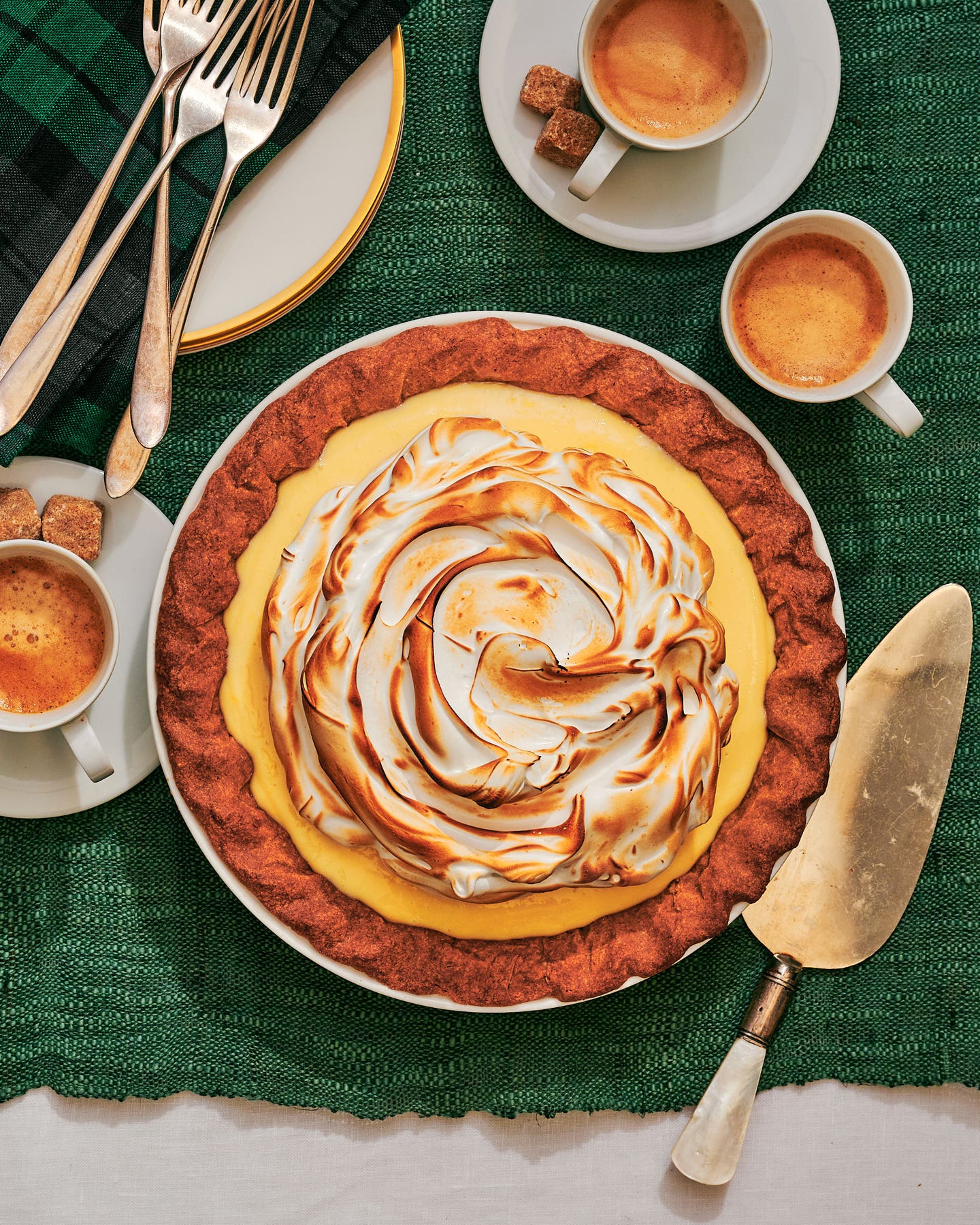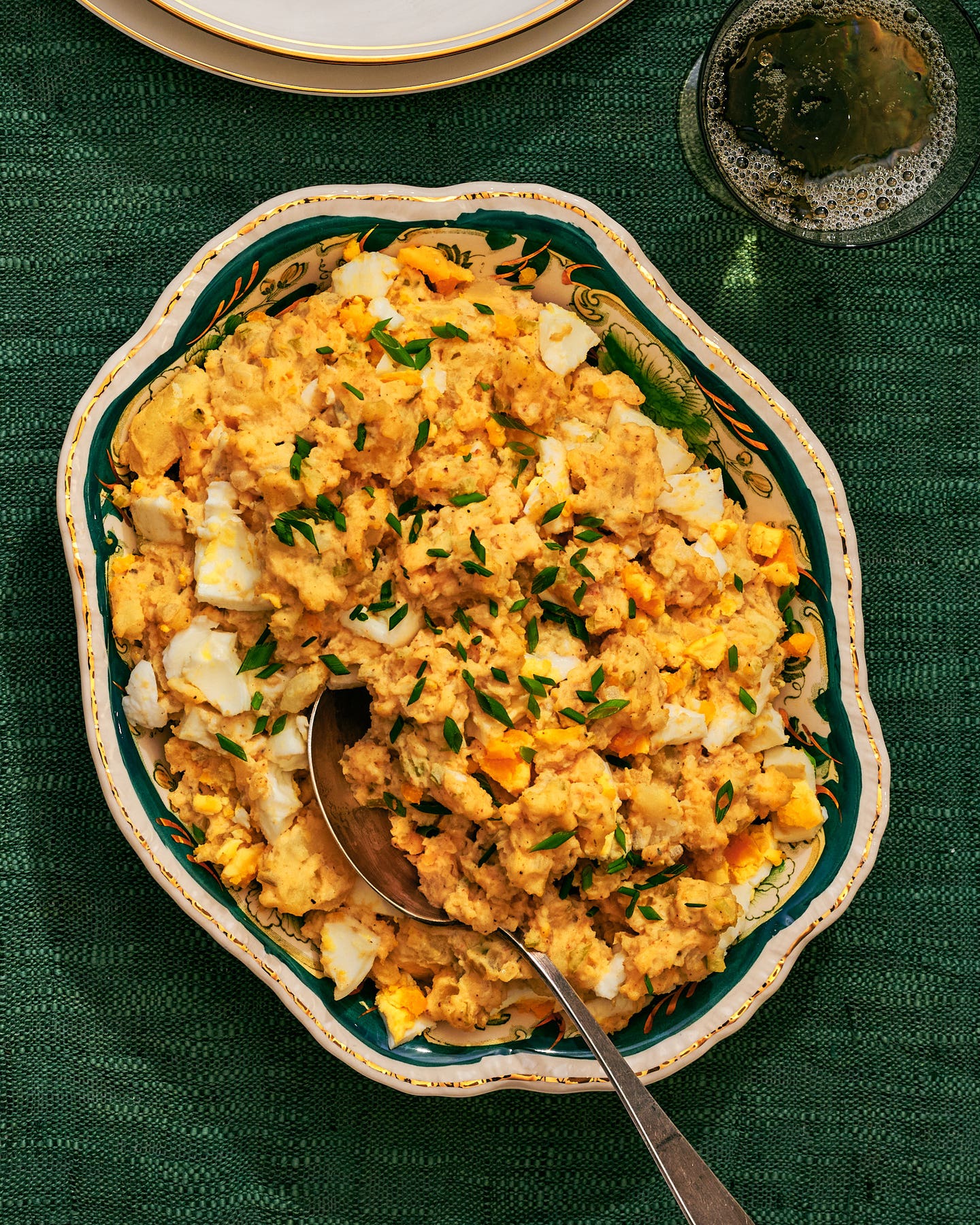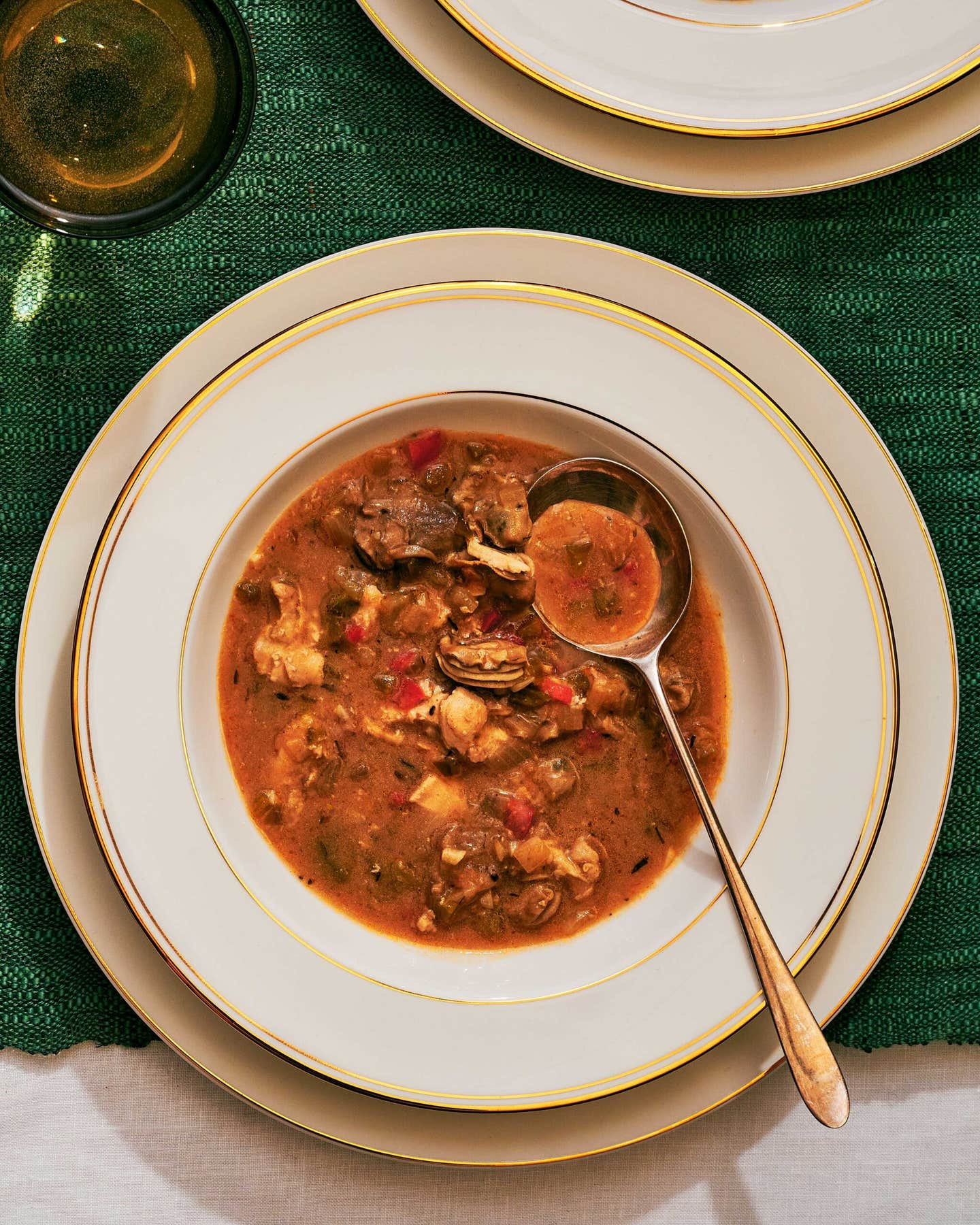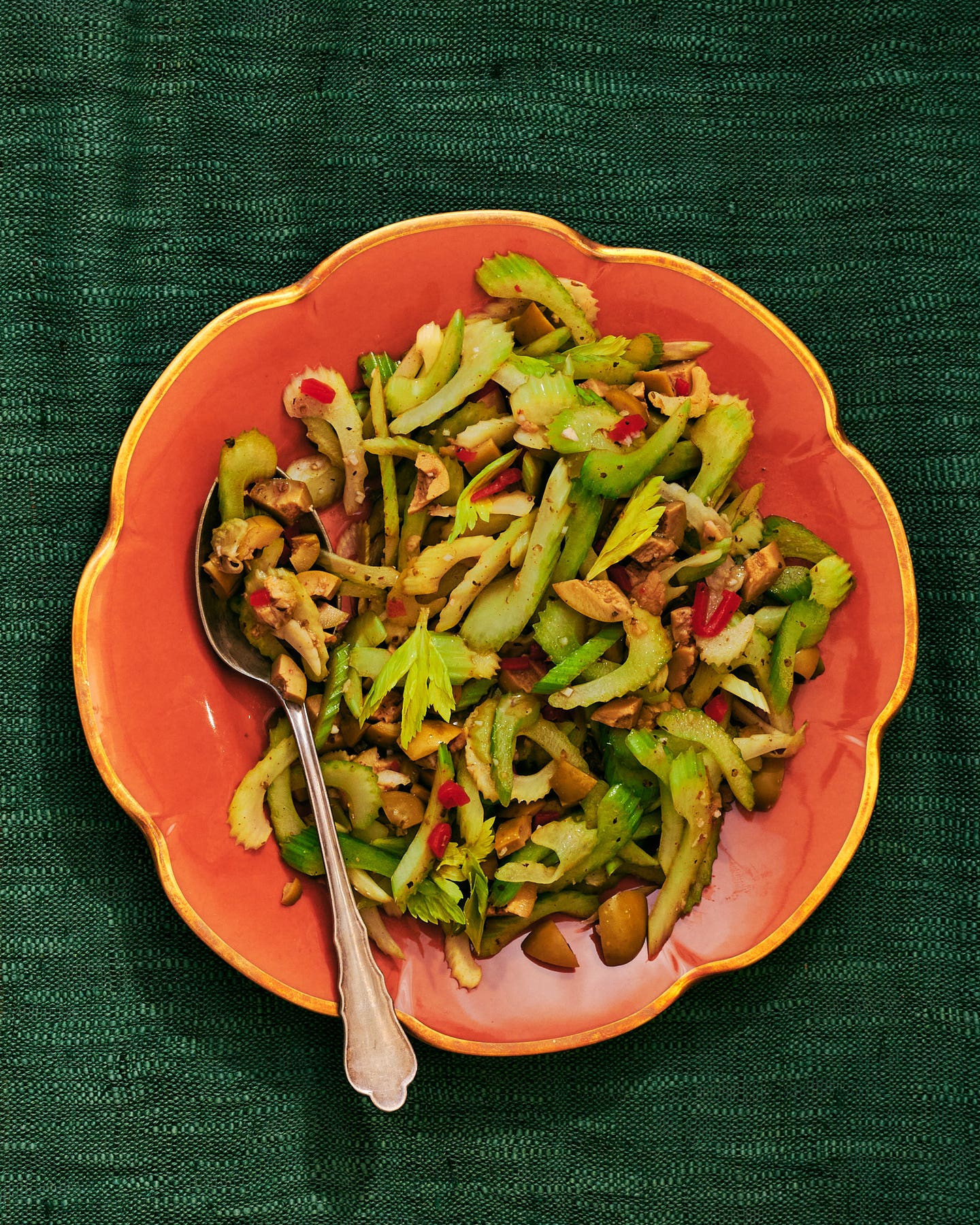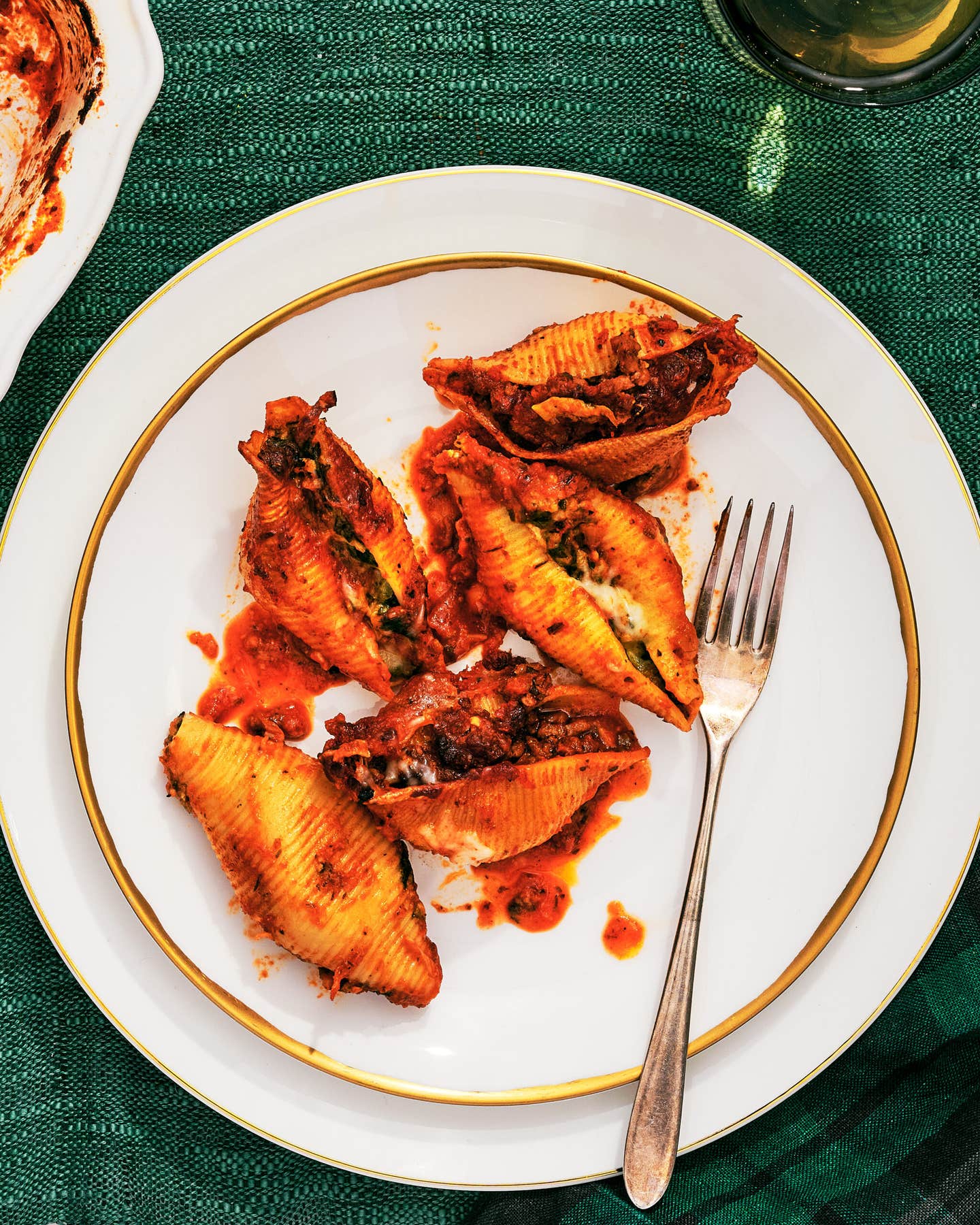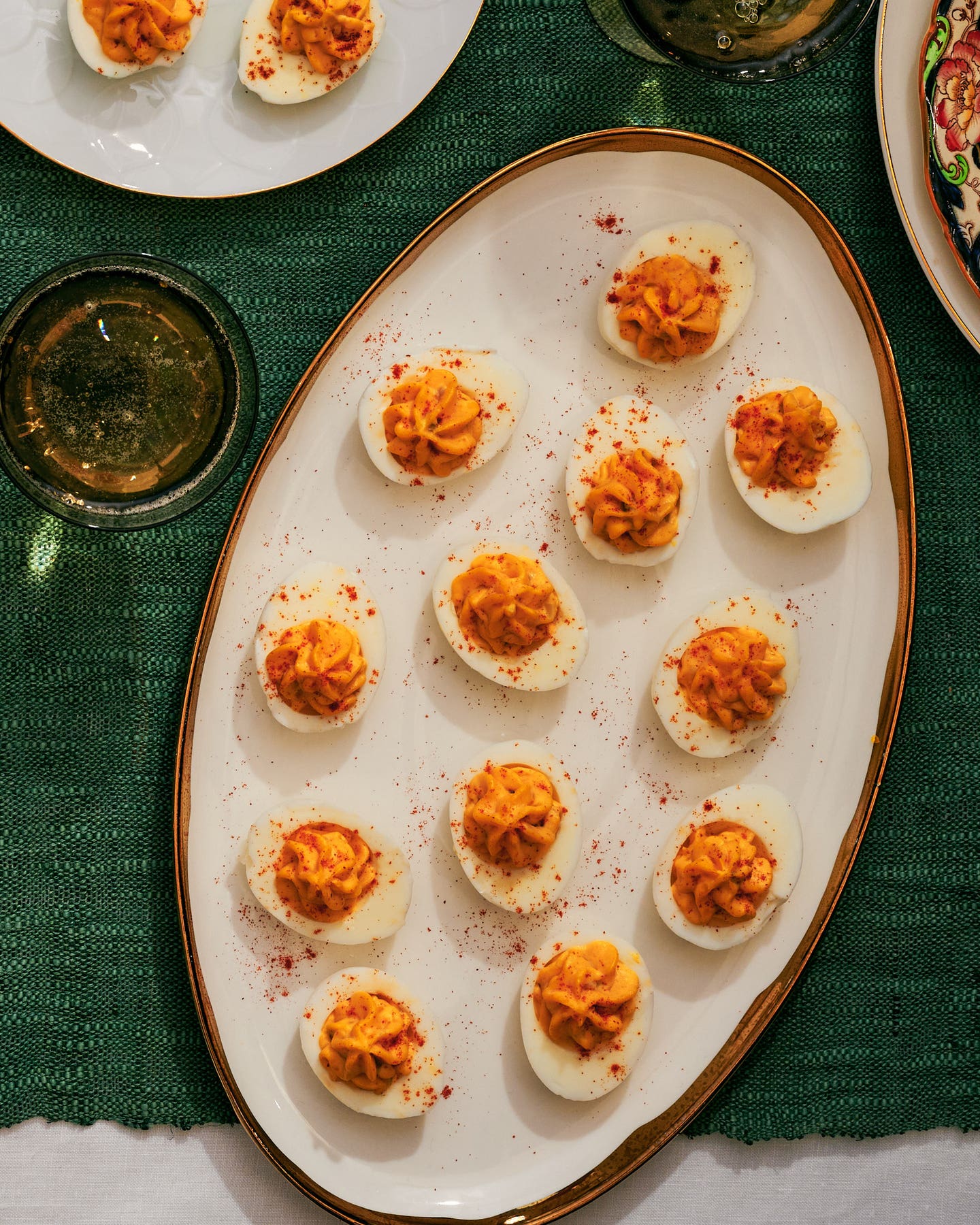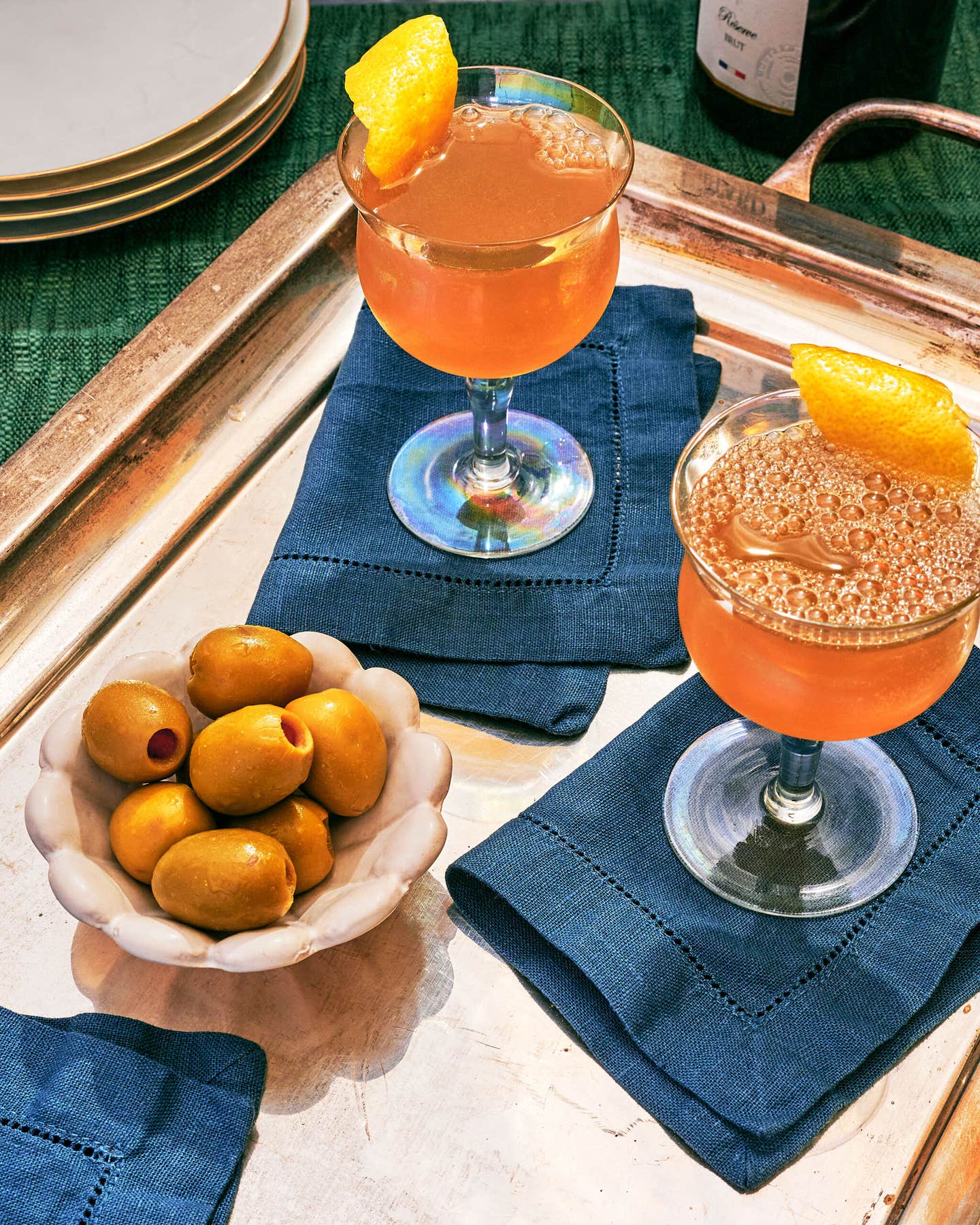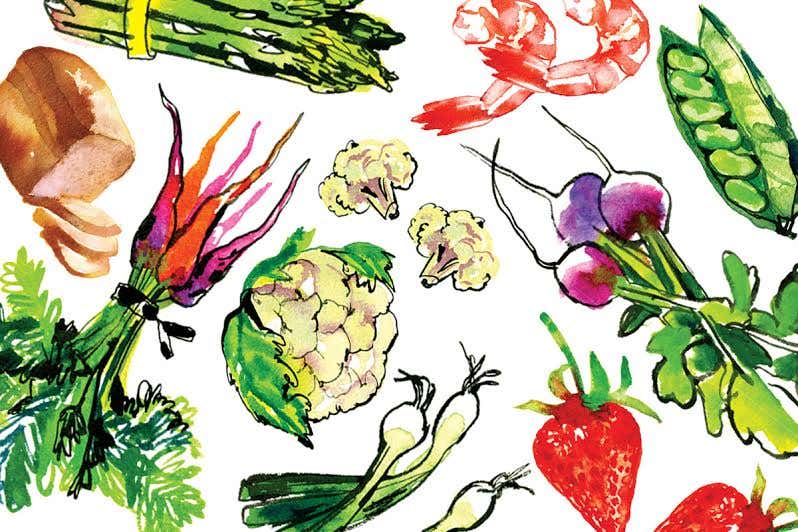
Lamb Varieties
The flavor and the texture of lamb can differ considerably from place to place, reflecting everything from what the animals eat to the physical characteristics of particular breeds. Because sheep farming remains a small industry in the United States when compared with those of beef and pork, your local supermarket is more likely to carry frozen cuts of lamb raised in Australia or New Zealand—the world's top lamb-exporting countries—than it is fresh domestic meat. Most New Zealand lamb is almost entirely pasture fed, usually in fields rich with ryegrass and clover, which accounts for the meat's characteristic leanness. New Zealand lamb is also distinctly flavored: the most common breed in the country, Merino, is also raised for wool and has a strong, almost mutton-y flavor. Because New Zealand lambs come to market very young, typically at six or seven months of age, they have smaller frames that yield petite, tender rib chops. Australian lamb, though it's slaughtered when a bit older, has a milder taste and richer marbling—the results of both breeding and the fact that the animals are sometimes fed grain during the last weeks of their lives. Free-range, grass-fed Icelandic lamb is exceptionally fine grained and mild tasting; it is prized by chefs and increasingly sold in the United States at stores like Whole Foods Market. It is available only in the fall, when Iceland's lambs (of a shaggy-haired pure breed known simply as Icelandic lamb) reach their market weight. Most varieties of American lamb are cross-bred from wool breeds like Columbia and meat breeds such as the Suffolk and are raised in large herds in the high rangelands of the Western states. Colorado lamb, one of the most predominant domestic varieties, is pasture fed and given a diet of corn before slaughter to make it yield princely cuts of richly marbled meat. Farmers east of the Mississippi typically raise smaller herds of small, lean-fleshed, and entirely grass-fed sheep. Farmers' markets are the best sources for grass-fed lamb.
Keep Reading
Continue to Next Story


